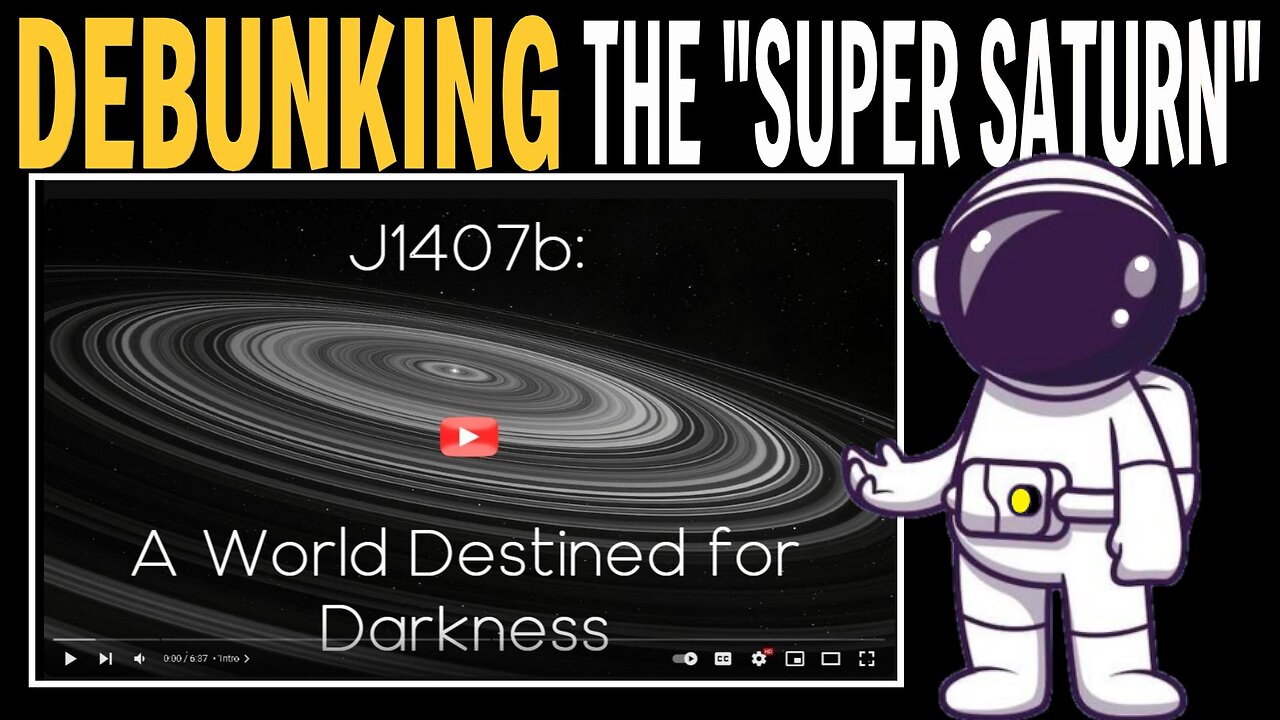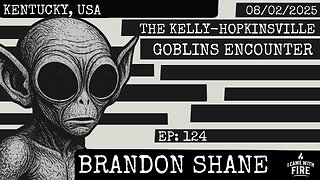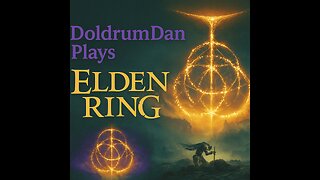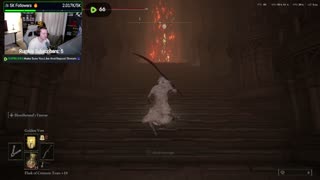Premium Only Content

The Super Saturn? DEBUNKING KYPlanet's J1407b: A World Destined for Darkness
Please Support The RUMBLE Channel
50% of all support (after fees & tax) will go to a private Moon mission
RUMBLE Has More Videos & YOUR VIEWS Help Raise Money For a MOON Mission!
https://rumble.com/user/WhatsNextVids
Patreon:
https://www.patreon.com/user?u=37594401
Buy Me A Coffee?:
https://www.buymeacoffee.com/whats.next
Donate With Cash App:
https://cash.app/$YTpayments
Total Updated Weekly on X/Twitter:
https://x.com/WhatsNe75388303
The discovery of the J1407 system and its unusual eclipses were first reported by a team led by University of Rochester astronomer Eric Mamajek in 2012.[2] The existence and parameters of the ring system around the substellar companion J1407b were deduced from the observation of a very long and complex eclipse of the parent star lasting 56 days during April and May 2007.[2][10] The low-mass companion J1407b has been referred to as a "Saturn on steroids"[9][16] or "Super Saturn"[17] due to its massive system of circumplanetary rings with a radius of approximately 90 million km (0.6 AU).[6] The orbital period of J1407b is estimated to be around a decade (3.5 to 13.8 years or 3825 days), and its most probable mass is approximately 13 to 26 Jupiter masses which would make the companion a brown dwarf but with considerable uncertainty.[6] The ringed body can be ruled out as being a star with mass of over 80 Jupiter masses at greater than 99% confidence.[6] The ring system has an estimated mass similar to that of the Earth.[12] A major gap in the rings at about 61 million km (0.4 AU) from its center is considered to be indirect evidence of the existence of a shepherd exomoon with mass up to 0.8 Earth masses,[6] but the exomoon hypothesis was challenged by a 2019 study.[18]
J1407b is the first exoplanet or brown dwarf discovered with a ring system by the transit method. A sequence of occultations (eclipses) of the star occurred over a 56-day period in 2007. The pattern was consistent with that expected for the transit of a large array of multiple rings, indicating the substellar companion dubbed "J1407b".[2] The J1407b ring system has an outer radius of approximately 90 million km (about 640 times the extent of Saturn's rings).[19] Cleared gaps in the rings indicate satellites ("exomoons") have accreted from denser rings. The young age of the stellar system (about 16 million years) and the high mass of the ring system (roughly an Earth mass) are more consistent with it being an early (proto-)exomoon or moons, rather than a long-term stable ring system in an evolved planetary system (such as Saturn's rings).
J1407b has not been observed since its transit in 2007, suggesting that it may be on a highly eccentric orbit around the star.[5] Such an orbit could disrupt the ring system of J1407b.[9] Dynamical simulations run by astronomers Steven Rieder and Matthew Kenworthy indicate that in order for J1407b's ring system to be stable, the rings must orbit J1407b in a retrograde motion, opposite to the direction J1407b orbits its host star.[5][9] This retrograde solution for the ring system of J1407b allows for longer ring lifetimes as well as further constraints to the age of the ring system.[5] The rings may be replenished over timescales as a result of processes that produce additional debris around J1407b, such as the tidal disruption of comets.[5]
Alternatively, J1407b may also not be bound to J1407. The previous explanation involving J1407b orbiting J1407 would have J1407b as a brown dwarf companion with a large, Hill sphere filling ring system. However, issues with the stability of any rings combined with the lack of detection of another eclipse, suggests that J1407b may not be bound to J1407.[20] No other deep eclipses has been found in the data spanning from 1890 to 1990, nor in recent time-series photometry from 2012-2018. A significant proportion of orbital periods for J1407b from 5 to 20 years can be disregarded, therefore if there is an actual orbital period it is likely outside of this range.[20]
A search for J1407b with ALMA did not detect any bound companion, but did detect a point source consistent with an unbound object of 4-6 MJ. This may be the object which transited J1407 in 2007, or it may be a background galaxy or an artifact, which is considered less likely.[13]
From Earth's point of view, the ring system of J1407b would have an angular diameter of about 3.7 milliarcseconds across. For comparison, if Saturn were as many light years away, its rings in full breadth would be 0.006 milliarcseconds across,[1] and the diameter of Pluto from Earth varies between 60 and 110 milliarcseconds across
-
 LIVE
LIVE
I_Came_With_Fire_Podcast
7 hours agoThe Kelly-Hopkinsville Goblins Encounter, Synchronicity, & Interdimensionality
2,029 watching -
 LIVE
LIVE
Grant Cardone
2 hours agoReal Estate Interactive
4,744 watching -
 1:10:41
1:10:41
Wendy Bell Radio
6 hours agoPet Talk With The Pet Doc
71.3K7 -
 LIVE
LIVE
FyrBorne
6 hours ago🔴Warzone M&K Sniping: Drop In For Battlefield 6 Info From The Event
3,197 watching -
 29:00
29:00
DeVory Darkins
15 hours ago $13.78 earnedTrump smacks Russia with CHILLING WARNING Cincinnati officials EXPLODE over viral fight
42.3K94 -
 1:12:40
1:12:40
Omar Elattar
18 hours ago71 Mins With A Hollywood Comedian & Dating Expert: #1 Reason Men Can't Find "The One" (4,000 Study)
3.26K1 -
 LIVE
LIVE
BBQPenguin_
6 hours agoTasking & PVP! ALL DAY!
44 watching -
 LIVE
LIVE
DoldrumDan
6 hours agoNEW PC TEST #2 NIGHTREIGN INTO FIRST TIME SEEING ELDEN RING IN HD
78 watching -
 18:02
18:02
James Klüg
2 days agoConfronting Unhinged Protesters At Musk's Tesla Diner + Food Review!
33.9K31 -
 LIVE
LIVE
EXPBLESS
3 hours agoLeveling Up In Elden Ring | #RumbleGaming |
60 watching